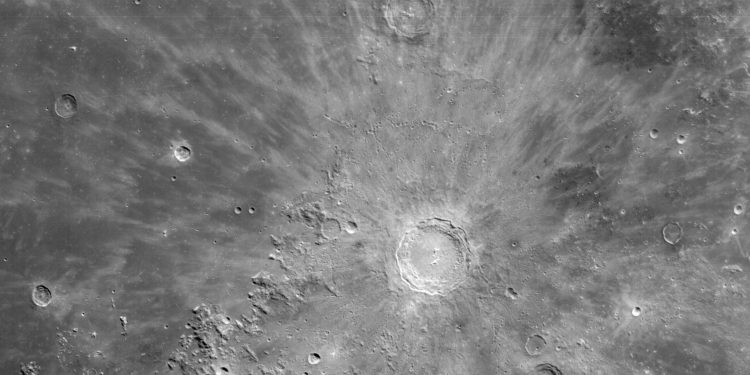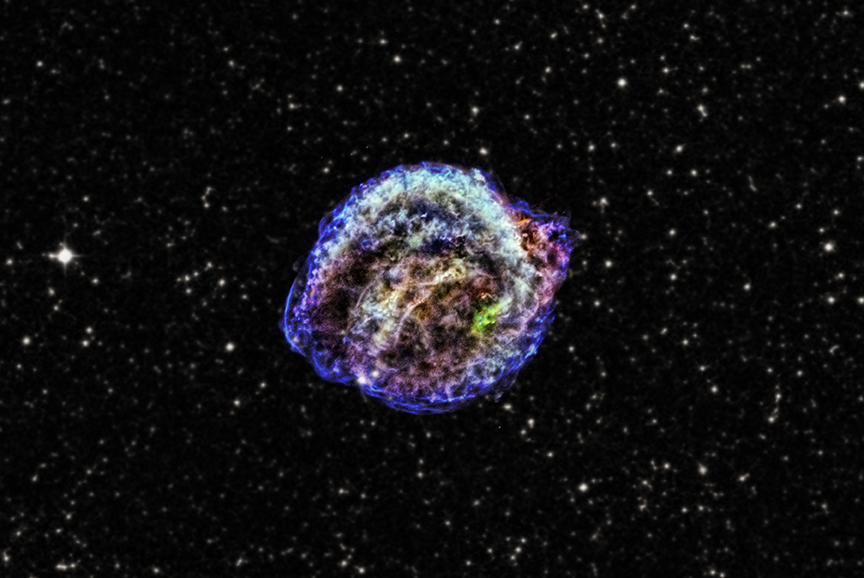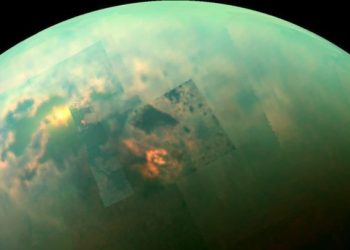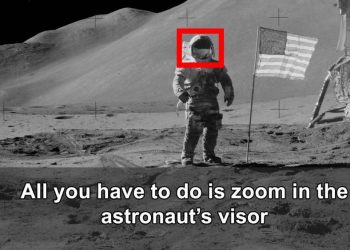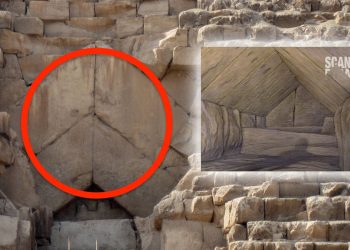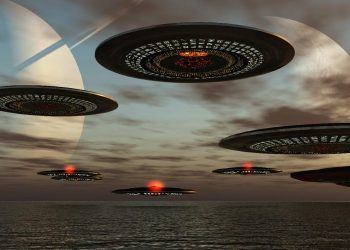The Moon has captivated human imagination for centuries, but reaching it requires overcoming immense scientific and logistical challenges. How long does it take to travel to our natural satellite? The answer varies, influenced by mission goals, rocket technology, and the chosen trajectory. Let’s break it down.
The Moon orbits Earth at an average distance of 384,400 kilometers (238,855 miles). Depending on the mission type, travel times can range from a few hours to several months. As revealed by Live Science, in 2006, NASA’s New Horizons spacecraft, en route to Pluto, zipped past the Moon in a record-setting 8 hours and 35 minutes. However, it didn’t stop, as its goal was far beyond the lunar surface.
When missions aim to land or orbit the Moon, the journey takes longer. The Soviet Luna 1 spacecraft, launched in 1959, took 34 hours to reach the Moon’s vicinity. It missed its target, continuing into deep space, but marked humanity’s first attempt at lunar exploration. In contrast, Apollo 11, which carried the first humans to the Moon in 1969, took about 4.5 days, including critical maneuvers and system checks.
Why Travel Times Vary
One key factor is fuel efficiency. Spacecraft can save fuel by using gravitational assists, extending travel times but reducing mission costs. For instance, Israel’s Beresheet spacecraft in 2019 spent weeks looping around Earth to build momentum before heading to the Moon, ultimately crashing during its landing attempt.
NASA’s CAPSTONE mission, a small satellite launched in 2022, holds the record for the longest lunar journey. It took 4.5 months to reach orbit, demonstrating a cost-effective method to test a unique lunar trajectory planned for future missions.
The Science Behind Lunar Travel
Every mission starts with escaping Earth’s gravity, a feat requiring massive amounts of fuel — up to 90% of a rocket’s total weight. Once in space, spacecraft rely on precise calculations to minimize fuel consumption. Lunar missions often aim for orbits that allow gravity to do much of the work, ensuring both efficiency and safety.
Apollo missions required exceptional precision, aiming not directly at the Moon but at a calculated trajectory to ensure a safe orbit. This allowed landers to descend and return to the spacecraft. Future lunar missions, such as NASA’s Artemis program, aim to improve travel times and efficiency. Advancements in propulsion systems and mission planning are expected to make journeys faster, paving the way for sustained exploration and even potential human settlement on the Moon.
The Moon Matters More than You Think
At the end of the day, the Moon isn’t just another destination in the solar system. It is much more than that. It holds significantly more value. Why? Because in the very near future, it will become a vital testing ground for future space exploration. Everything we want to achieve in terms of space travel to Mars and beyond will start on the lunar surface, or its orbit. But what is even perhaps more important, is that the moon isn’t just a laboratory, it holds vital resources we can use. Its surface holds frozen water, a potential resource for drinking water, breathable oxygen, or even rocket fuel, which could revolutionize the logistics of interplanetary travel.
By experimenting with habitats, energy systems, and sustainable life-support technologies on the Moon, space agencies can prepare for long-term missions to Mars and beyond. Additionally, the Moon offers a unique vantage point for astronomical observations, free from Earth’s atmospheric interference, providing scientists with a window to study the universe like never before. Every mission lays the groundwork for a future where humanity could thrive beyond Earth.



